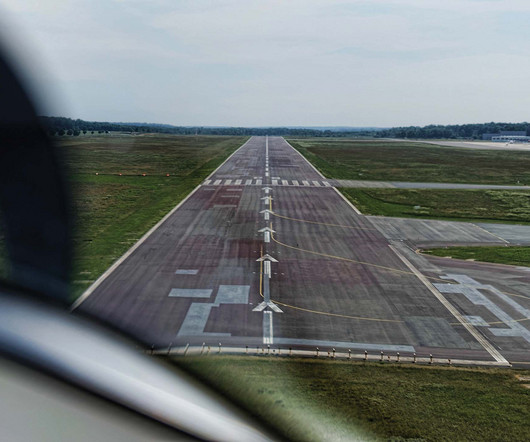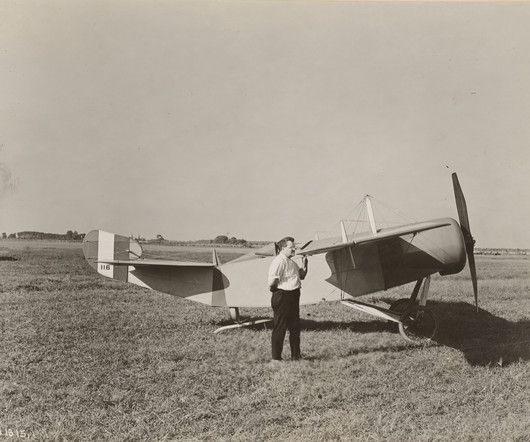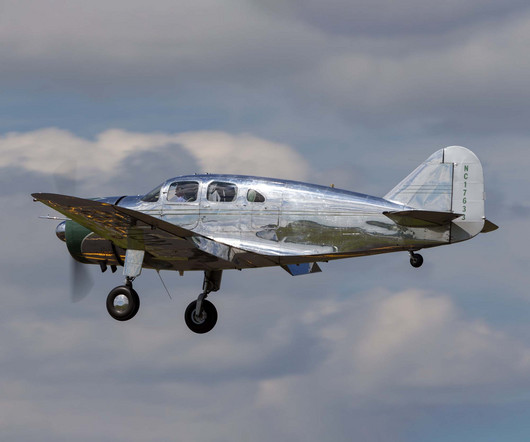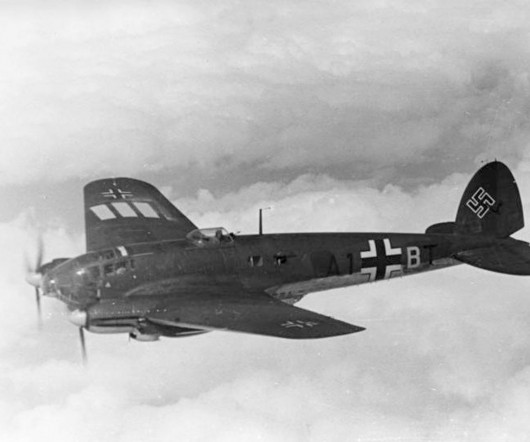Today in Aviation History: First Flight of the Bell X-14
Vintage Aviation News
FEBRUARY 19, 2025
In order to shorten development time and save costs, the aircraft featured components of two closely related aircraft of the Beech Aircraft Company in Wichita, Kansas: the wings, ailerons, and landing gear of aBeech Bonanza general aviation aircraft and the tail assemblyof a Beech T-34 Mentor military trainer.















Let's personalize your content